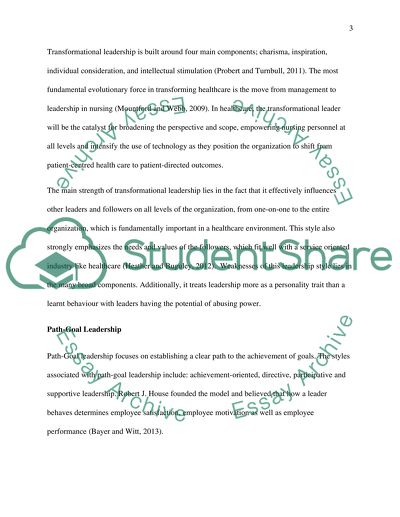Cite this document
(“Leadership Theories in Health Care Essay Example | Topics and Well Written Essays - 3500 words”, n.d.)
Retrieved from https://studentshare.org/health-sciences-medicine/1494255-leadership-theories-in-health-care
Retrieved from https://studentshare.org/health-sciences-medicine/1494255-leadership-theories-in-health-care
(Leadership Theories in Health Care Essay Example | Topics and Well Written Essays - 3500 Words)
https://studentshare.org/health-sciences-medicine/1494255-leadership-theories-in-health-care.
https://studentshare.org/health-sciences-medicine/1494255-leadership-theories-in-health-care.
“Leadership Theories in Health Care Essay Example | Topics and Well Written Essays - 3500 Words”, n.d. https://studentshare.org/health-sciences-medicine/1494255-leadership-theories-in-health-care.


